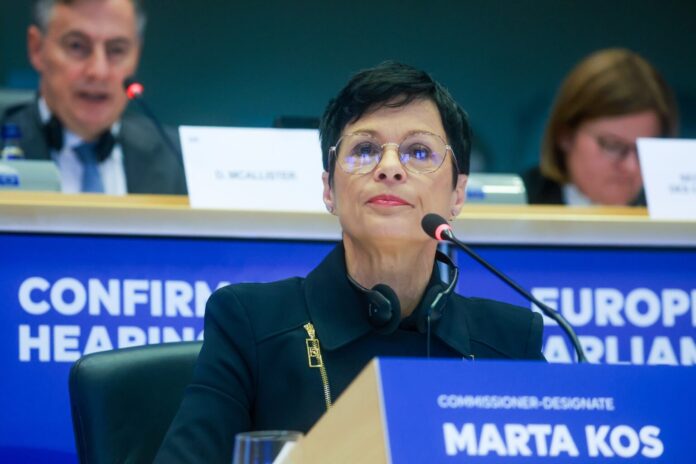Equal pay – still an important equality struggle
According to Statistics Norway (Statistics Norway), women's wages accounted for an average of 88.3 per cent of men's salaries in 2023. This difference can be largely explained by the fact that there are far more men than women among those with the highest wages.
For low -paid, the difference is smaller than for high -paid. For low -paid, the difference is 4% and for high -paid 19%. This means that wage differences are greatest among women and men with high education and among women and men in leadership positions.
Most often, we explain wage differences between the sexes with women choosing to work in professions and sectors that have lower wages than men. In other words, the wage gap is portrayed as if this is about women's free choices, and that it is therefore women's own fault that they earn less than men. But is this a valid explanation – or the whole explanation?
Recent studies of Norwegian working life show that we have significant wage differences between women and men, even if you work in the same workplace, have the same profession and do the same job. This means that the argument usually used, that this comes from the fact that women choose professions that are less paid are only part of the explanation.
After checking for the difference in age, education and whether you work full time or part -time, it turns out that women still earn an average of 9 % less than men. In other words, women receive less wages than men, even if they do the same job. What explains this wage difference is that you are a woman. This shows that the requirement for equal pay for equal work is still an important part of the gender equality struggle in Norway.
Research also shows that when women and men have children, this adversely affects women's wages. The wage difference between women and men increases in this life phase by 20 %. It turns out that this backlog is difficult to offset through women's further participation in working life. Although Norway today one of the world's most equal countries, we have a strong gender -divided labor market, where female -dominated professions are marked lower than male -dominated occupations with similar education.
This shows that women -dominated professions are socially less valued than male -dominated professions. According to Statistics Norway, engineers serve an average of 60000, NOK, while a department nurse has the corresponding 49000 kroner. The education is just as long, but the wage difference is as shown, large. In this situation, it is temporal to ask: Why is it still acceptance in our welfare society, which aims to be both equal and inclusive, that the valuation of the construction of roads and material infrastructure is much higher than the valuation of health and care work?
In many women -dominated professions, you earn so little that it is difficult to get the economy going around. The consequences are that more and more women and children are living in poverty. At the same time, we see that Petter Stordalen and Odd Reitan can thank low -paid women for constantly growing their wealth. We must put an end to this!
Typical low -wage professions are store employees, restaurant and hotel industry employees, but also employees in kindergartens, SFO and the health care system. The latter shows that the public sector also pays women -dominated professions poorly.
It shows that care work for children, the elderly and the sick, what is the mainstay of the welfare society, is not valued as deserved. In these professions we also see that a lack of labor does not lead to higher wages, but that the requirements for competence are lowered. A political practice that illustrates the same valuation discrimination.
Today, it is also very widespread with part -time positions in women -dominated professions. Part -time positions mean that many women are unable to live on their own income and in addition get poorer earnings of pension points. Part time is often portrayed as something women choose themselves. Research shows that this is to a small extent about free individual choices.
For example, here in Alta it was January 2023, 19 announced positions and 74% of them were part -time positions. This points out that this is little about individual choices, but about a wild and accepted policy in women -dominated professions. Therefore, in an equality perspective, it becomes important to continue the fight against the extensive use of part -time work in these professions by responsible for the employers who organize away from their employer responsibility.
It is also high time that the rotation in the health sector is equated with shift work in the industry. Studies show that a quarter of a year, the rotation work in the health sector works, mostly women, 3 weeks more a year than shift workers in the industry, where the vast majority are men.
The marking of Women's Day, March 8, focuses on the fight against women's discrimination and women's oppression both nationally and globally. The major wage differences between men and women in Norway day are an expression of a form of women's discrimination and women's oppression, which is not worthy of gender equality countries.
This means that at this year's wage settlement, one must demand an equal pay lift and not just a low -wage lift. An important part of the gender equality struggle must still be about a real redistribution in wages between men and women. We must demand that the social partners and responsible authorities must take a greater step to ensure that the pace of equal pay development is significantly increased.



